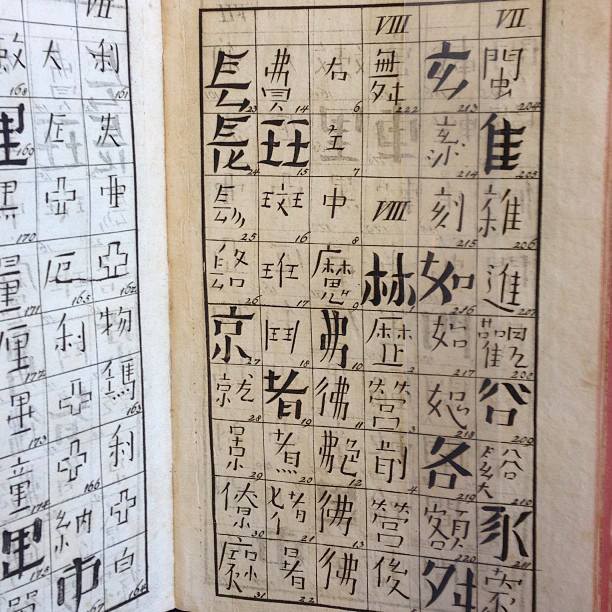The plot of Umberto Eco’s novel Foucault’s Pendulum involves two publishers: Garamond and Manutius. Both names refer to figures in the history of printing: Claude Garamond designed the Garamond font in the 16th century, while Aldus Manutius was a famous 15th century printer who invented italic type, a few punctuation marks, and the pocketbook format. This might be a joke because both names are relatable to Apple. The Garamond font was used in Apple’s logo, and Aldus Co. was the original developer of PageMaker (a killer app for the Macintosh) before it was acquired by Adobe.
Turing once dreamed that he was a Turing machine. When he woke up, he wondered if it was him who dreamed of being a Turing machine, or if it was a Turning machine which dreamed that it was Turing - a koan from a programming book published in Taiwan)
In a recent trip to Paris, my wife and I visited the Montparnasse Cemetery, hoping to find the tomb of the mathematician Évariste Galois. We were disappointed to learn that although Galois was indeed buried in the cemetery, he was buried in a common grave and the burial site can no longer be identified. However, we were delighted to have found the family tomb of Henri Poincaré. Apparently, mathematicians have developed the tradition of leaving their used Paris Metro tickets on the stone. We left ours.
What is the shutter speed of human vision? A new paper claims that at extremely low light condition, it can be as long as 0.6 second.
Last week I went to see an optometrist. As he examined my eye with a strong light, I was amazed that I saw an image of the blood vessels on the retina. This phenomenon is called the entoptic image. It was first described by Purkinje about 200 years ago. I read about it in “How we perceive our own retina” by Kuno Kirschfeld (published in Proc. Bio. Sci.)
I saw this book in the Melbourne Rare Book Fair. To anyone who can read Chinese, this looks like the practice book of a young child starting to learn to write. The characters are intelligible, but the writer clearly has not mastered the basic principles. If Chinese characters are people, these little guys are seriously deformed. Some have really big heads, some have tiny feet, most of them look like zombies walking with their body parts dangling, ready to fall off.
But this is a serious book. The asking price was over $10,000 AUD. This is Museum sinicum, published in 1730 by German sinologist Theophilus Bayer. Written in Latin, this was the first book about the Chinese language published in Europe.
Michel Foucault’s Madness and Civilization opens with the poetic imagery of Ship of Fools. But what is the ship of fools? Apparently it all started with this book. I saw it in an exhibition of books sharing the theme of traveling at the library of Monash University. This is the latin edition of Ship of Fools by German humanist Sebastian Brant, published in 1497. The illustrations are by Albretch Durer (!).
On university corridors, you inevitably see old equipments lying around. But which department threw out an entire freaking VAX?
Those must be the famous “blinkenlights”…
This is the famous world map by the 15th century monk Fra Mauro. I saw it in Museo Galileo in Florence. Unfortunately it was a replica. The real thing is in Venice. I found it very difficult to recognize landmarks on the map because the orientation is very different from our modern convention. North is down. South is up.
Here’s a puzzle: What’s this? Anglia is England. Scotia is Scotland. What is Hibernia? My teenage obsession with Umber Eco finally pays off. It’s Ireland. In The Name of the Rose, there is a giant library with rooms organized as a word maze. After some brilliant detective work, the main character William was able to solve the maze and drew a map. Each room is decorated with a letter. The cluster of rooms in the lower-left corner, for example, spells out HIBERNIA, because it is where books by Irish authors are shelved. In one of the rooms, William read a passage from an Irish poet: Hoc spumans mundanas obvallat Pelagus oras… and compared the rhythm to the sounds of the ocean waves.









